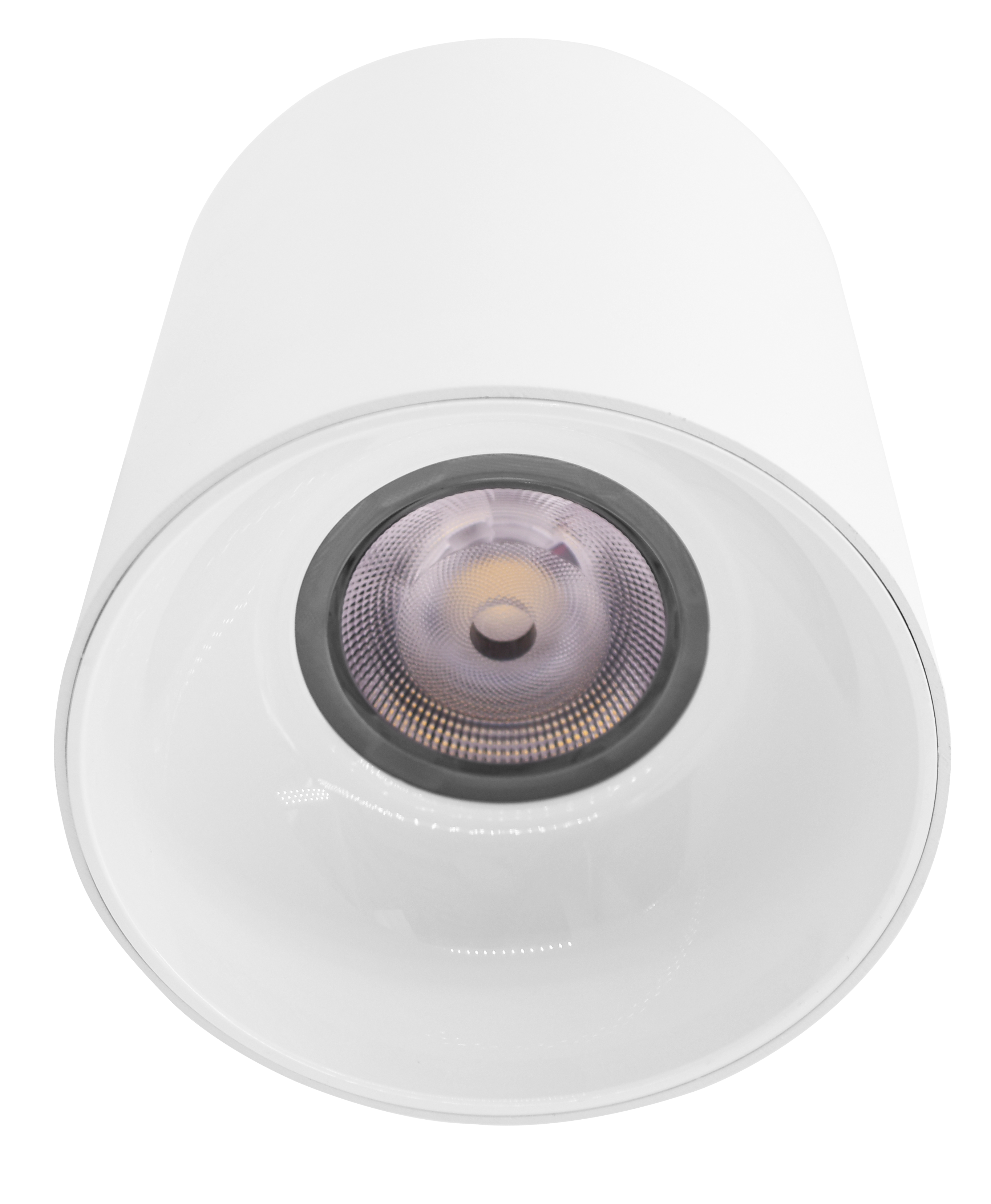In health and aged care buildings the electricity costs associated with operating the lights is a major cost of operations, especially so since lights in common areas can be running 24 hours a day, 7 days a week.
As well as the cost savings involved, proper, quality lighting helps create a better ambience and help staff and patients have a better experience whilst spending long periods of time on premises.
Part of this experience is the quality of the lighting used. OptiTech products are industry-geared, premium lighting that we use for health and aged care spaces that ensure that the establishment is looking it’s best, staff productivity is increased and electricity costs are reduced.
No Health Risks
Fluorescent lights contain mercury that can be released if a bulb breaks. Mercury is toxic and can be harmful if absorbed through skin or inhaled.
Fluorescent and incandescent bulbs also emit low doses of UV radiation that can damage not only facility materials but can also damage skin and eyes.
Continued UV exposure is also harmful to the eyes. The possibilities of eye and skin damage are significant factors to consider for a facility whose purpose is to heal.
LEDs contain no mercury, and unless they’re specifically UV bulbs, they emit very little to no UV radiation. These factors alone make them a better choice for health care facilities. Not to mention that, unlike fluorescent bulbs, LED lights won’t flicker or emit any colour spikes. Colour fluctuations and flicker can cause negative effects, such as headaches and dizziness. When used for hospital lighting, LED bulbs and fixtures can improve overall health and eliminate the possibility of additional health risks posed by fluorescent and incandescent bulbs.
CRI and Staff Performance
Seeing colours as they truly are is critical in health care environments. Inaccurate colour rendering of skin or blood could lead to a misdiagnosis or failure to see signs of infection or jaundice. LED lights with high colour rating indexes (CRIs) can ensure that colours are seen accurately. CRI involves a distinct testing method with comparisons to incandescent light or daylight. A light source with a CRI close to 100 shows colours very similarly to how incandescent light or daylight shows those same colours. Fluorescent lights have a range in the lower 60s and below, and LED CRIs can range from 70 to 98.
Lighting in one’s work environment has a large impact on productivity. Although it may not be obvious at first glance, the type and strength of the lighting in a workplace greatly affects the physiological aspect of employees and thus overall productivity. There is a strong relationship between daylight exposure in the workplace and employee’s sleep, activity, and quality of life.
A company can spend tens of thousands of dollars renovating their office space in order to maximise natural light, however the cost and daunting nature of this undertaking in most cases is too great. One solution is to switch the lights to those that are close to natural sunlight – LEDs with high CRI. Lighting products like those of OptiTech that have a CRI of over 85, getting close to the quality of natural sunlight.














